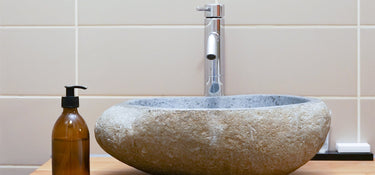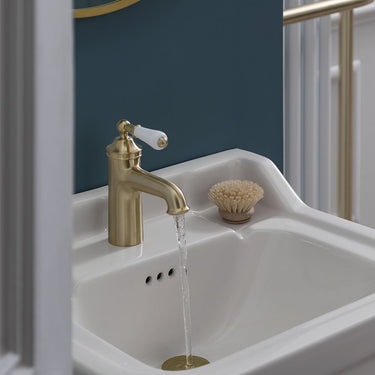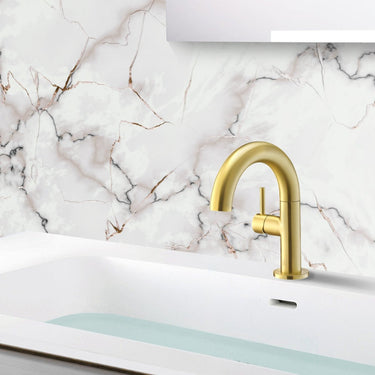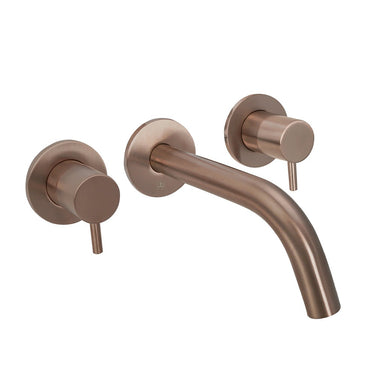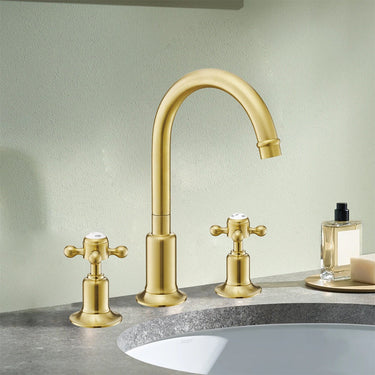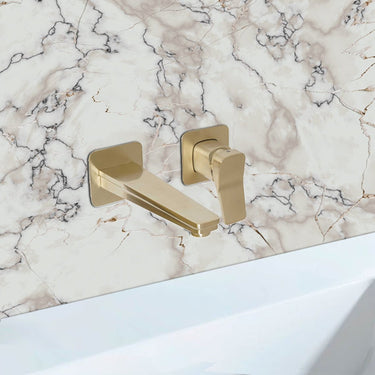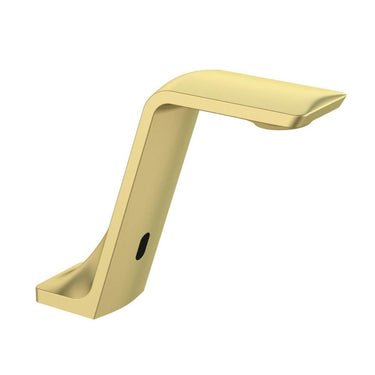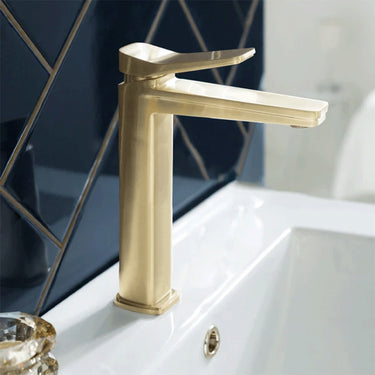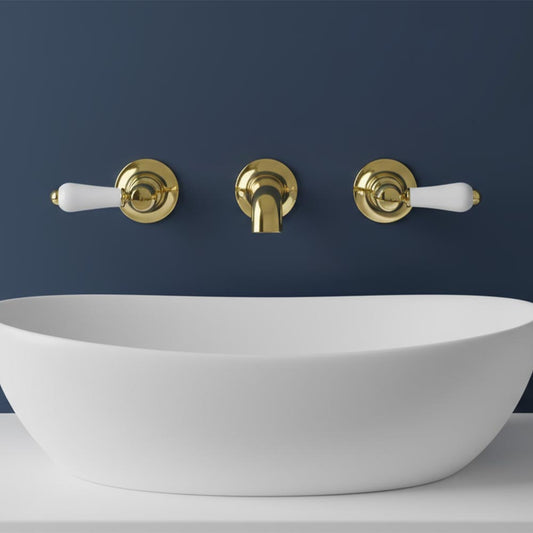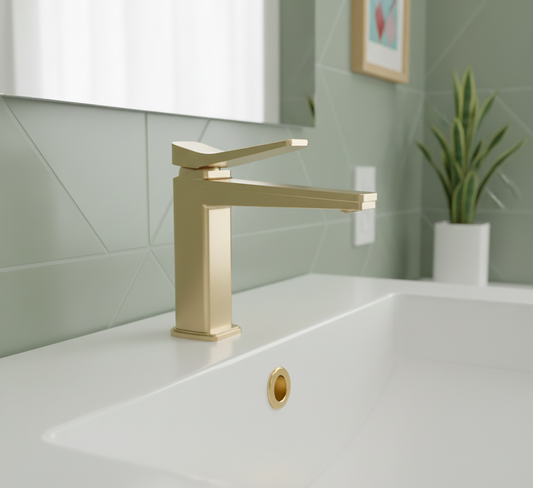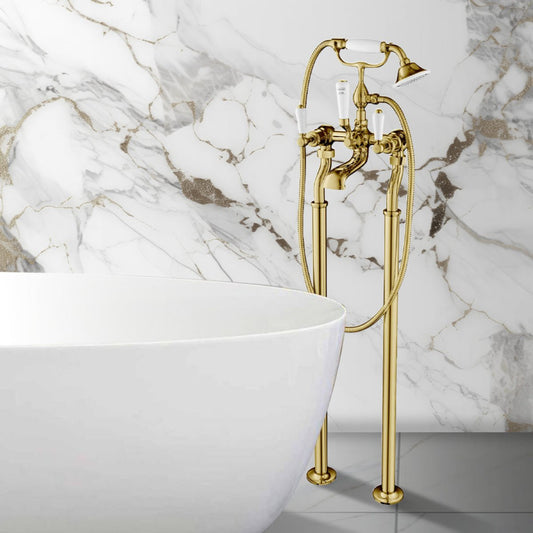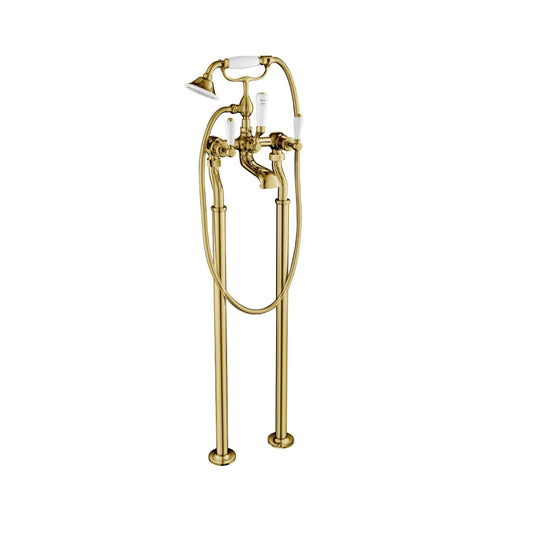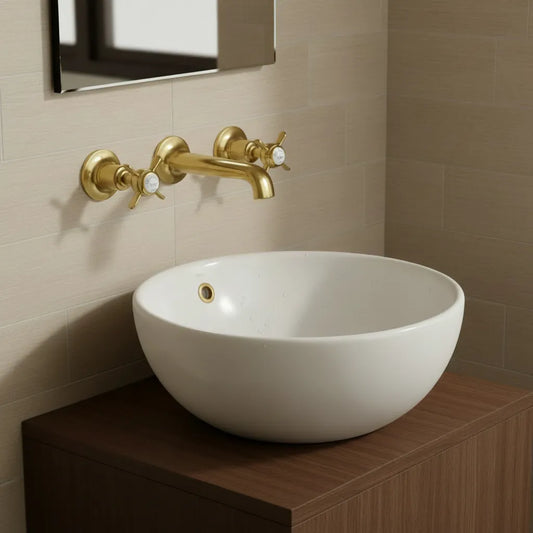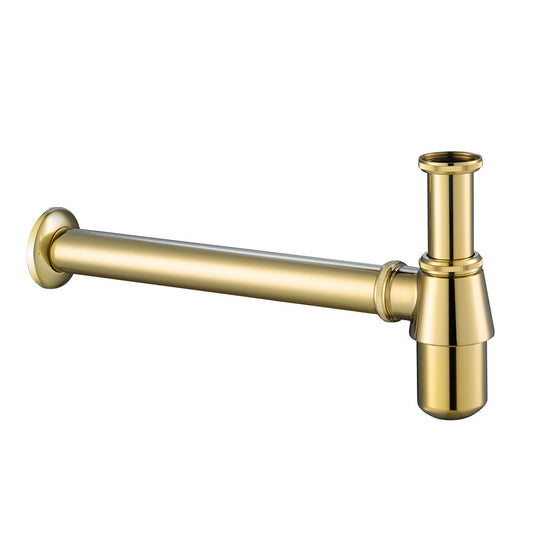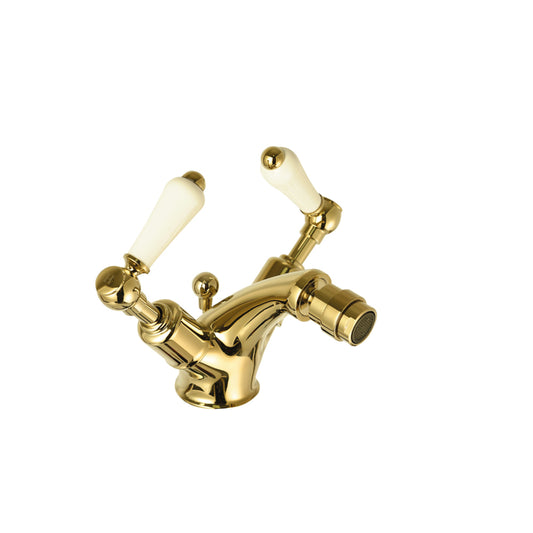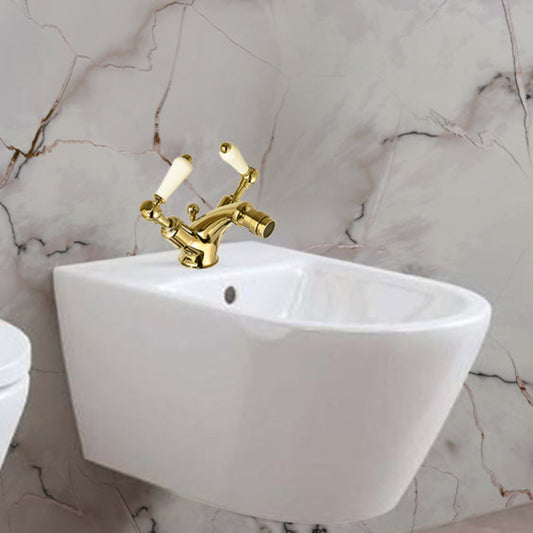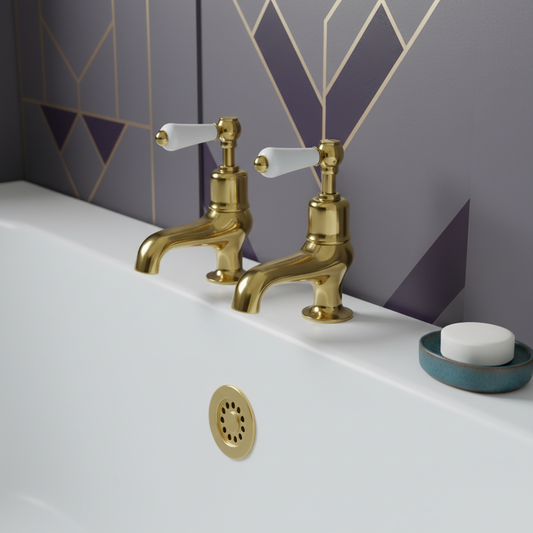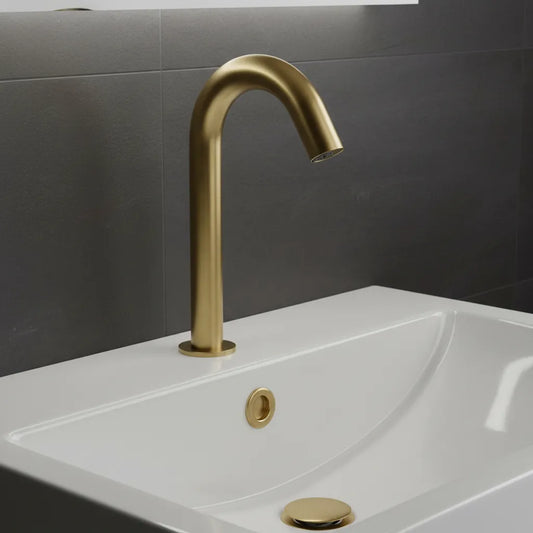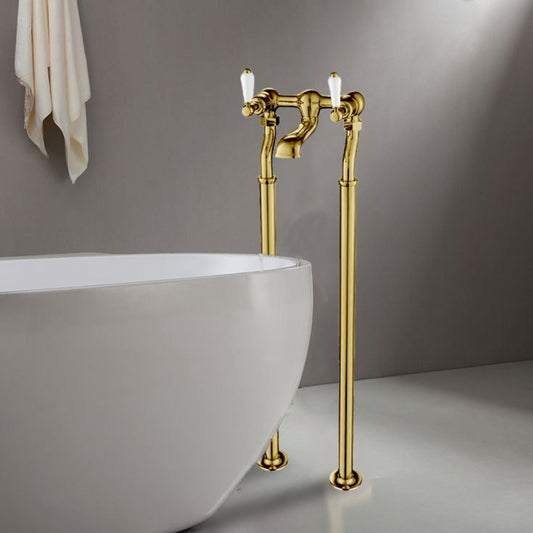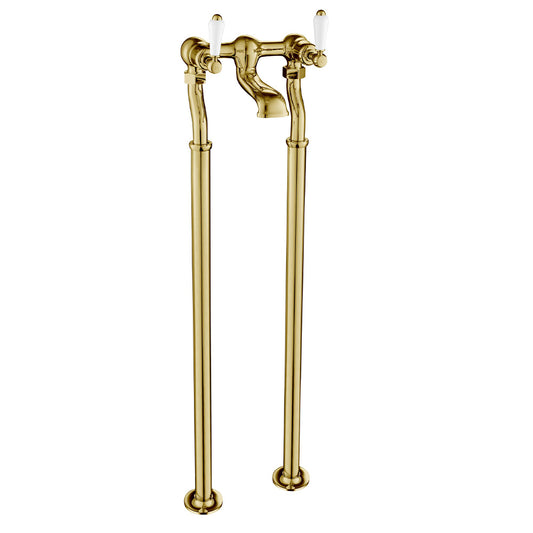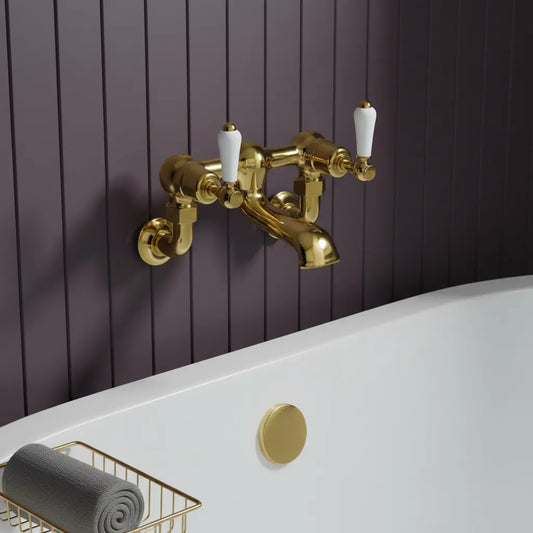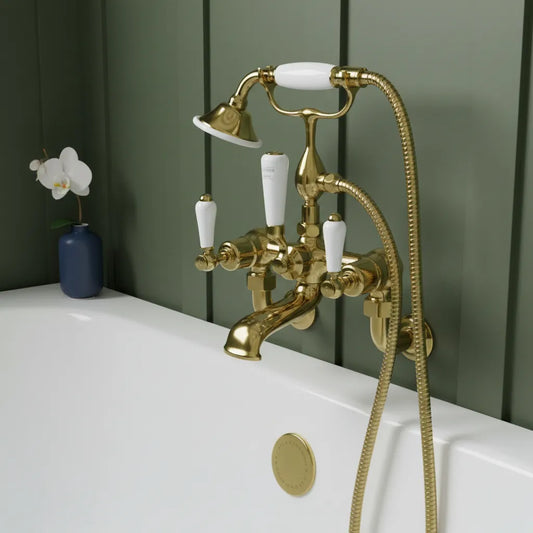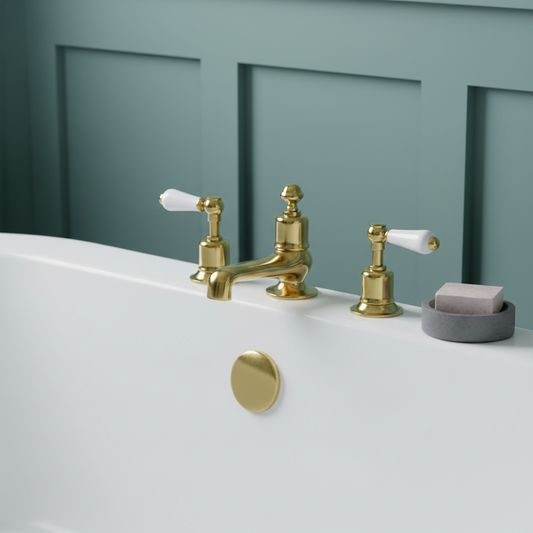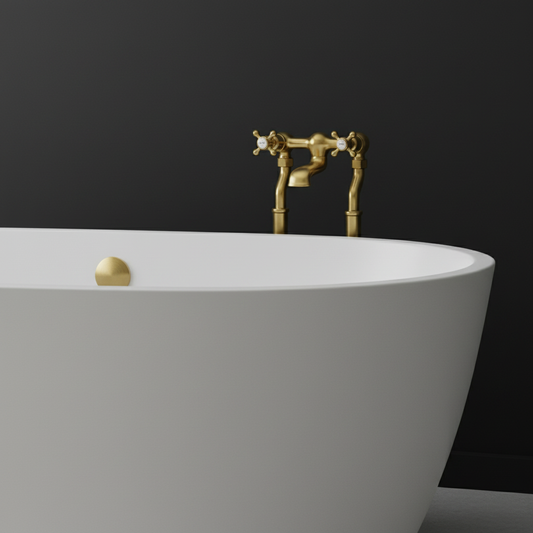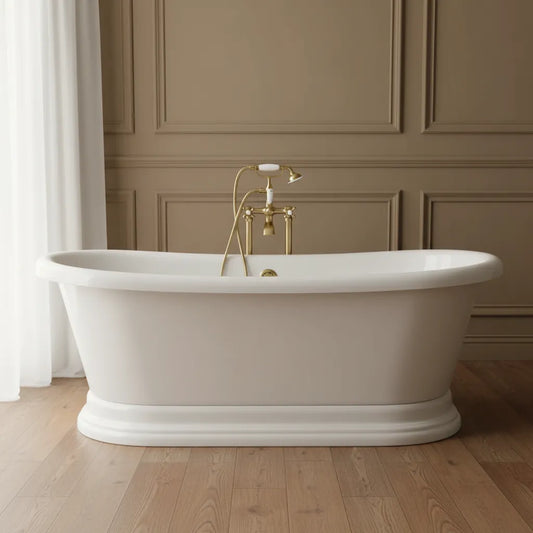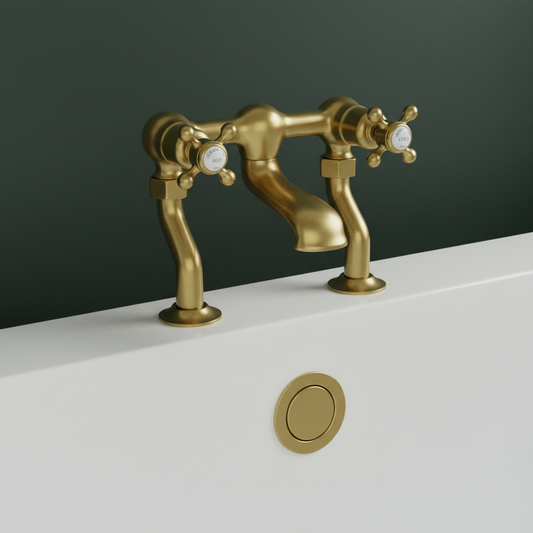A Deep Dive into Tap Aerators: Enhancing Water Efficiency
Table of Contents:
-
Introduction
→ -
Basin Taps Collection
→ -
Understanding Tap Aerators
→ -
How Do Tap Aerators Work
→ -
Benefits of Using Tap Aerators
→ -
Installing Tap Aerators
→ -
Maintenance and Cleaning
→ -
Conclusion
→
Introduction:
Tap aerators may not be the most glamorous topic when it comes to home improvement, but they are undoubtedly one of the unsung heroes of water conservation and efficiency in our daily lives.
These simple yet ingenious devices can have a significant impact on our water usage, bills, and the environment. In this blog post, we'll explore everything you need to know about tap aerators, from how they work to their benefits, installation, maintenance, and more.
Understanding Tap Aerators:
Tap aerators, often called faucet aerators or water-saving aerators, are small attachments placed at the tip of a tap or faucet. They are designed to mix air with the water flowing out of the tap, creating a steady stream of water with reduced splashing. This process results in a more controlled and efficient water flow, which offers various advantages:
- Water Conservation: Tap aerators reduce the amount of water released per minute without compromising on the perceived water pressure. This translates into significant water savings over time.
- Energy Savings: Using less hot water not only conserves water but also reduces the energy required to heat it, lowering your utility bills.
- Reduced Splashing: Aerated water flows more smoothly, minimizing splashing and mess in your sink.
- Extended Tap Lifespan: The controlled flow of water helps prevent wear and tear on your taps, potentially extending their lifespan.

How Do Tap Aerators Work?
To appreciate the benefits of tap aerators fully, it's essential to understand how they work. At their core, tap aerators consist of a fine mesh screen that mixes air with the water as it flows through. The screen introduces air bubbles into the water stream, creating a softer, more uniform flow.
- Flow Rate Reduction: Tap aerators are rated by flow rate in gallons per minute (GPM). Common flow rates include 1.0, 1.5, and 2.0 GPM. By restricting the flow of water, aerators effectively reduce water usage.
- Maintaining Pressure: While reducing the flow, tap aerators maintain adequate water pressure, ensuring that you still experience a satisfying water stream for daily tasks like washing hands, dishes, or brushing teeth.
- Swivel Feature: Some aerators also have a swivel feature, allowing you to adjust the direction of the water flow for added convenience.
Benefits of Using Tap Aerators:
Tap aerators offer a multitude of benefits that extend beyond water conservation and energy savings. Here are some key advantages:
- Environmental Impact: By using less water, you contribute to conserving this precious resource and reducing the carbon footprint associated with water treatment and heating.
- Cost Savings: Lower water and energy bills mean more money in your pocket. Tap aerators are affordable and can pay for themselves in a short time through reduced utility costs.
- Minimized Water Waste: Aerated water is less likely to be wasted due to excessive splashing, helping you conserve water in the long run.
- Enhanced Comfort: Aerated water feels softer and more gentle on the skin, providing a more comfortable experience in your daily activities.

Installing Tap Aerators:
Installing tap aerators is a straightforward DIY task that requires minimal tools and expertise. Here's a step-by-step guide:
- Gather Materials: You'll need a pair of pliers, a cloth or towel, and the tap aerator itself.
- Prepare the Work Area: Place the cloth or towel over the sink drain to catch any small parts that may fall during installation.
- Remove the Old Aerator: Use pliers to grip the old aerator and turn it counterclockwise to unscrew it from the tap's spout.
- Install the New Aerator: Screw the new aerator clockwise onto the tap's spout. Ensure it's snug but not overtightened.
- Test the Flow: Turn on the tap and check the flow rate. You should notice a reduced flow with consistent water pressure.
Maintenance and Cleaning:
To ensure the continued efficiency of your tap aerator, it's essential to perform regular maintenance:
- Clean the Aerator: Over time, mineral deposits may accumulate on the aerator's screen, affecting its performance. Remove the aerator and soak it in vinegar to dissolve these deposits. Rinse thoroughly and reattach.
- Check for Leaks: Periodically inspect the aerator for any leaks or drips. Tighten it if necessary.
- Replace When Needed: If cleaning doesn't restore optimal performance, consider replacing the aerator with a new one.
Conclusion:
Tap aerators might not be the star of the show in the world of home improvement, but their impact on water conservation, energy savings, and overall convenience should not be underestimated. By understanding how tap aerators work, their benefits, and the straightforward installation and maintenance process, you can take a small but significant step towards a more sustainable and cost-effective home. Make the switch to tap aerators today, and you'll not only reduce your environmental footprint but also enjoy the benefits in your everyday life.



